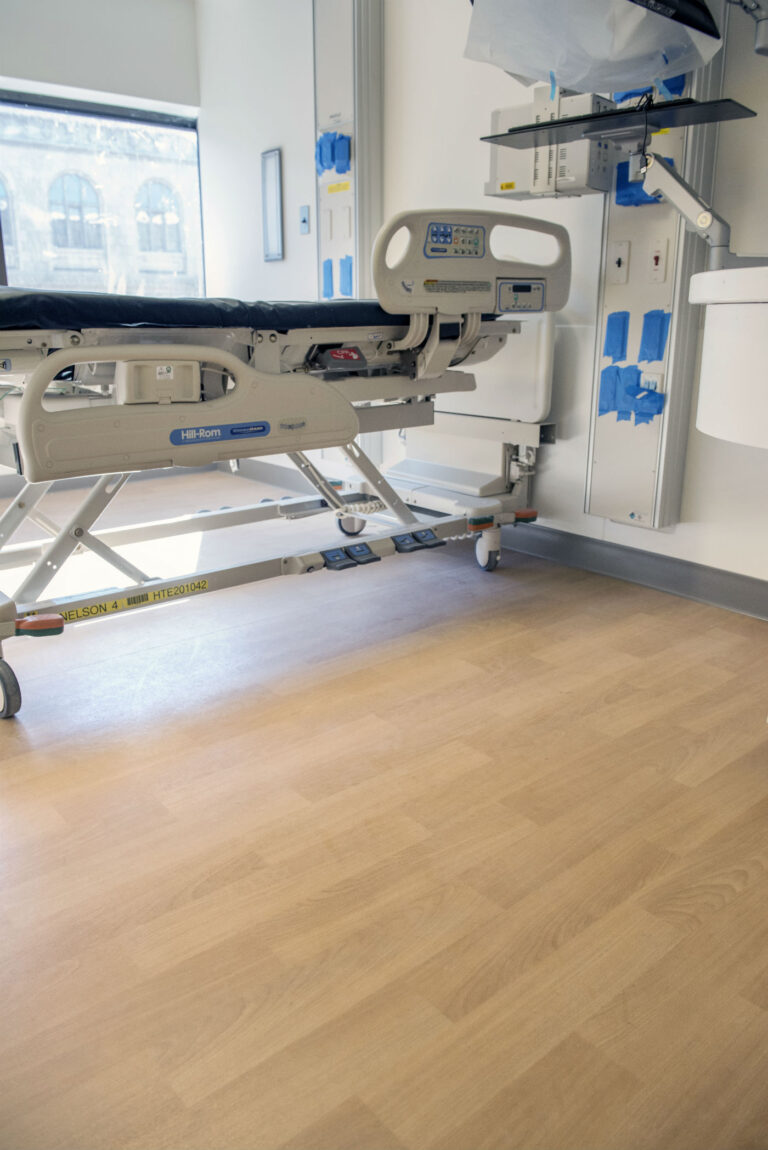The preservation of native vegetation is encouraged by the U.S. Green Building Council’s LEED® for Existing Building (LEED-EB) rating system. Depending on the version of LEED-EB you are using, two to three points can be earned (see chart below). These points create incentives for supporting the creation of new areas of native vegetation and preservation and maintenance of existing areas. Areas of native vegetation help to maintain biodiversity of plants and habitat for animals. Natural areas also provide enjoyment and educational opportunities for us.
LEED-EB credit can be earned by supporting natural vegetation either on the building site or offsite in a different location. Having the native vegetation onsite is usually only practical for buildings in suburban locations with a substantial amount of the site covered with vegetation. The offsite option for native vegetation allows buildings with little onsite vegetation, like many buildings in urban areas, to earn this credit by supporting the maintenance of native vegetation offsite. To use offsite native vegetation you need to have an agreement with the landowner to maintain or create and maintain the required area of native vegetation. The area of native vegetation required is twice that needed to earn the credit with onsite vegetation.
LEED-EB Points Available
| Version of LEED-EB | Points Available for Protecting or Restoring Native Vegetation |
| LEED-EB v2.0 Credit 4.1-4.2 | 2 credit points & 1 innovation point |
| LEED-EB: O&M 2008 Credit 5 | 1 credit point & 1 innovation point |
| For LEED-EB: O&M 2009 Credit 5 | 1 credit point & 1 innovation point |
Example Calculations for LEED-EB v O+M 2009
| LEED-EB v2.0 Credit 4 | Onsite Vegetation | Offsite Vegetation |
| For 1 Point | Larger of:
|
Required onsite native vegetation area X 2 |
| Innovation Point | Twice the area required for 1 point | (Site area footprint of the building) X 0.5 |
(For information on calculations for LEED-EB v2 or LEED-EB v O+M 2008 contact Leonardo Academy at 608-280-0255.)
Land Preservation and Restoration Benefits of Offsite Native Vegetation Credits
Using offsite native vegetation gives your LEED-EB project two benefits: the additional point(s), and the opportunity to support native vegetation preservation. A good example is the Leonardo Academy Valley Ridge Preserve. The revenue earned by providing native vegetation credits for LEED-EB helps support the maintenance of the native vegetation on this site. The Leonardo Academy Valley Ridge Preserve provides native vegetation credits for all three versions of LEED-EB: LEED-EB v2.0, Credit 4, LEED-EB: O&M 2008 Credit 5 and LEED-EB: O&M 2009 Credit 5.
Description of Valley Ridge Preserve
Valley Ridge Preserve is a 145-acre parcel located in the rolling hills of Richland County, Wisconsin. Leonardo Academy is working to restore the preserve lands to native woodland, oak savanna and prairie vegetation over time and to use the property as a demonstration area modeling sustainable land management practices for other land owners. Valley Ridge Preserve is a research, demonstration, and education site for sustainable land management practices. More than three quarters of the farm is woodlands, savannah and native vegetation. The remainder is composed of former farm fields that are being restored to native prairie vegetation gradually as funding becomes available.
Projects at the Valley Ridge Preserve
Maintaining this type of parcel includes a number of ongoing as well as proposed activities, including:
- Inventory all vegetation and natural communities at the Preserve including prairie remnants and large oaks and walnuts.
- Restore and maintain oak savanna and prairie vegetation in all suitable areas.
- Identify and control non-native invasive plant species.
- Maintain a sustainable land management plan that integrates sustainable land management practices with participation in the government Managed Forest Law (MFL) and Conservation Reserve (CRP) programs.
- Provide a variety of ecological restoration and land management experiences for Leonardo Academy sustainability interns.
- Develop a program of undergraduate and graduate student research projects on the farm.
- Develop sustainability educational materials for K-12 using the Preserve as workshop.
Earning the LEED-EB credit for protecting or restoring native habitat allows your project to support biodiversity. The using offsite native vegetation to earn these credits gives your LEED-EB project the opportunity to garner two benefits, the LEED-EB points and the opportunity to support native vegetation preservation.




